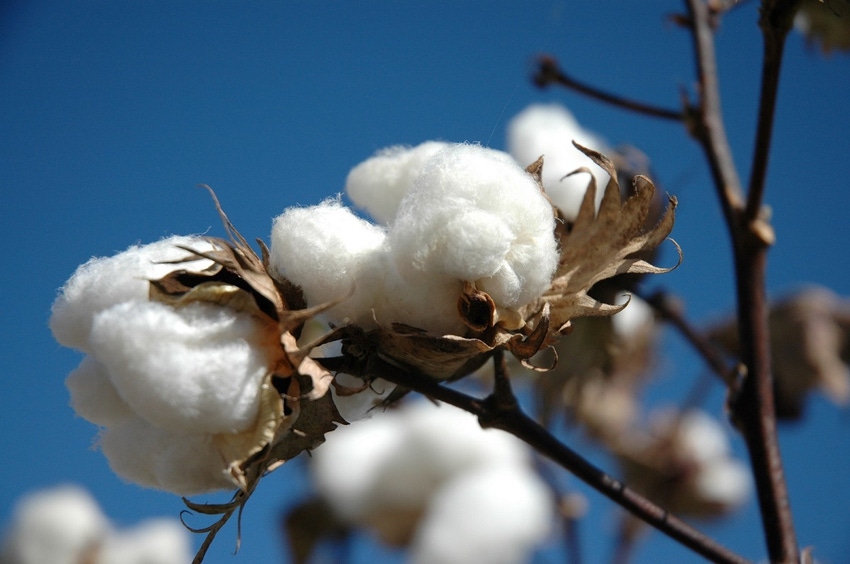
I can’t imagine how many pictures I snap in a year — way more than I can ever use, but sometimes not enough to capture what I’m looking for.
I occasionally get lucky and stumble on an amazing sunset, a perfect cotton boll, a harvester making headway through a particularly productive field, or sometimes just an interesting old house or dilapidated barn.
And the people I interview are usually willing — if not always eager — to pose for a photo or two, sometimes with their field hands, sometimes with family members, and occasionally with the loyal farm dog.
It’s always an interesting chore to get back to my office or a hotel room so I can download the day’s take and see what I have. It’s also fascinating to pare a day’s or a week’s photo collection down into a gallery of 20 and let the images tell a story. We find these galleries to be some of the most viewed content we post on our web pages.
As we close out another year, we’d like to give you another look at some of our favorite slides shows from 2016. Here’s an even dozen of my favorites.
COTTON HARVEST
Fall is a busy time for cotton farmers. Many were pleasantly surprised this year to see good yields, thanks to some timely rains last winter and during the growing season.
GATHERING PEANUTS
Southwest peanut farmers benefitted from some good growing weather for the 2016 crop.
Mostly open weather during harvest helped them get the crop dug and combined in a timely manner.
PLACES AND FACES
Looking back over some of the articles I wrote and the photos I took during 2016 evokes memories of people and places featured in our pages through the year. It was a good year, I think.
PEOPLE OF 2016
The people we visit, who are willing to share their stories, are what make the job of farm writer the pleasure it is. I visited some hard-working, friendly folks in 2016.
HARVEST GUT CHECK
Harvest — whether it’s cotton, grain, vegetables, or peanuts — shows farmers how successful their production plans were for the year. In 2016, they battled weather, weeds, and other pests to produce mostly good crops. Still, some areas were too dry, too wet, or too unlucky to hit yield goals.
SUMMERTIME
Summertime in the Southwest offers some excellent photo opportunities. Crops are growing — when the weather cooperates — plants are blooming, wildflowers brighten the ditch banks and roadways, and if you’re lucky enough to be out at the right time, catching a spectacular sunrise or a sunset will make your day.
PEANUT EFFICIENCY AWARD
Recognizing successful farmers is always a pleasure, especially when we get to spend a half-day or more with one of our Peanut Efficiency Award winners. Ricky Bearden’s Plains, Texas, farm at planting time provided some good photo opportunities.
PLANTING TIME
Planting may be one of the most stressful times for farmers. Getting seed in the ground so it can take advantage of favorable weather and get a head start on summer heat and damaging pests, often makes a difference at harvest time. These peanut farmers were pushing hard to get the crop in on time.
FARMERS’ MARKETS
Local farmers markets offer consumers an opportunity to buy fresh produce and provide local growers a marketplace to display the abundance of summer. The opportunity extends well into fall for many producers, as they bring in the second crop of summer vegetables and some fall greens and herbs.
GRAIN HARVEST
South Texas farmers harvest grain early in the season. By midsummer, combines are moving across corn and grain sorghum fields, as producers try to beat the hurricane season.
OKLAHOMA COTTON
Oklahoma cotton farmers have endured some hard production years the past few seasons. A lengthy drought severely limited production from 2011 through 2014. Timely rainfall the last two years boosted yields. In 2016, many Oklahoma cotton fields made record yields. Here are some photos from the harvest.
BACTERIAL BLIGHT
A few Oklahoma farmers lost some cotton to bacterial blight in 2016 . An unusual combination of weather and susceptible varieties caused damage that ranged from minor to severe. Here are some images, thanks to Randy Boman, Oklahoma State University State Extension cotton leader, that show various stages of the disease.
About the Author(s)
You May Also Like






